Introduction
Recent research has shed light on the remarkable engineering feats of ancient civilizations, particularly in the context of water management. A fascinating example is the Pidurangala Rock in Sri Lanka, which, according to new findings, features a man-made top surface designed for rainwater harvesting to supply water to the nearby Sigiriya City complex.
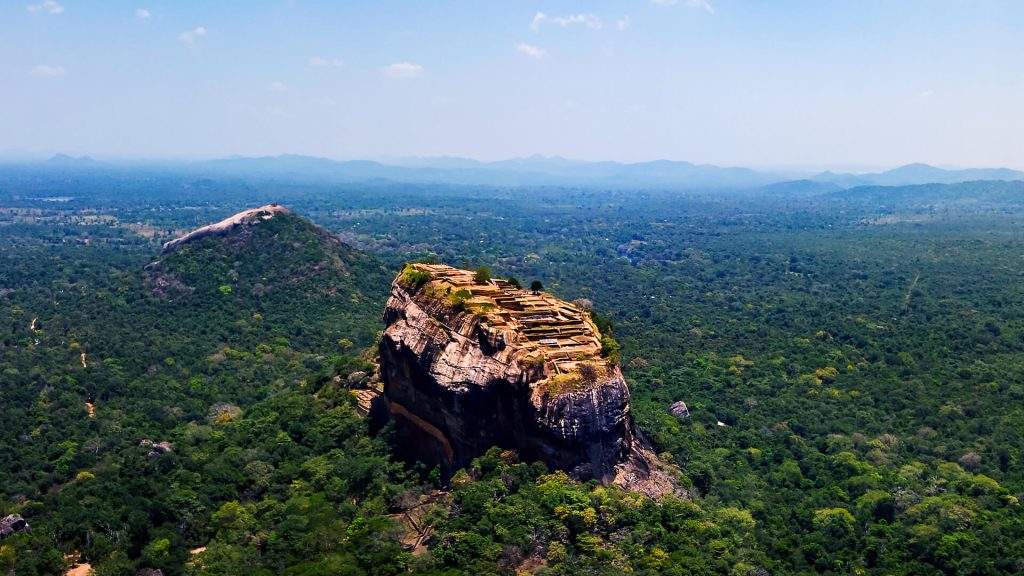
An Overview of Pidurangala Rock
Pidurangala Rock is a massive rock formation located near the historic Sigiriya Rock Fortress. It rises dramatically from the surrounding plains and offers a breathtaking view of Sigiriya, which was once the site of King Kashyapa’s capital. The rock itself is steeped in history, with evidence of human activity dating back to the first and second centuries.
The Discovery
The recent discovery suggests that the top surface of Pidurangala Rock was artificially created or enhanced to collect rainwater. This innovative system was part of a larger, sophisticated network designed to channel water to the Sigiriya City complex, ensuring a steady supply even during dry periods.
Technical Aspects of the Rainwater Harvesting System
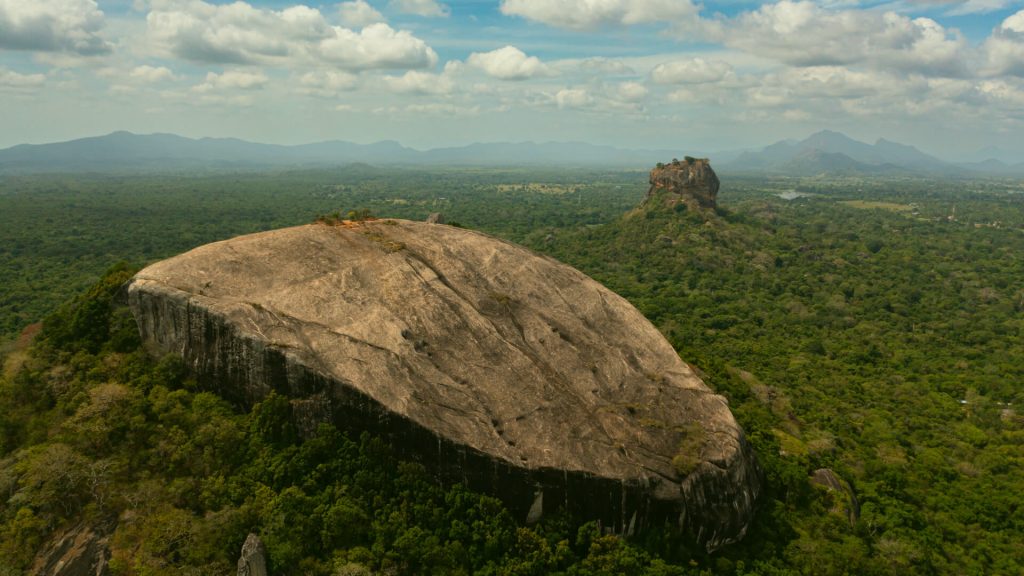
Surface Engineering
The top of Pidurangala Rock was engineered to maximize rainwater collection. This involved creating a flat surface with a slight gradient to direct water towards storage reservoirs or cisterns. The gradient was calculated to ensure efficient water flow without causing erosion or loss of collected water.
Storage and Filtration
Once collected, the water was likely filtered through a series of sand and gravel beds to remove impurities. These natural filters were an early form of biofiltration, ensuring that the water stored in the reservoirs was clean and suitable for use.
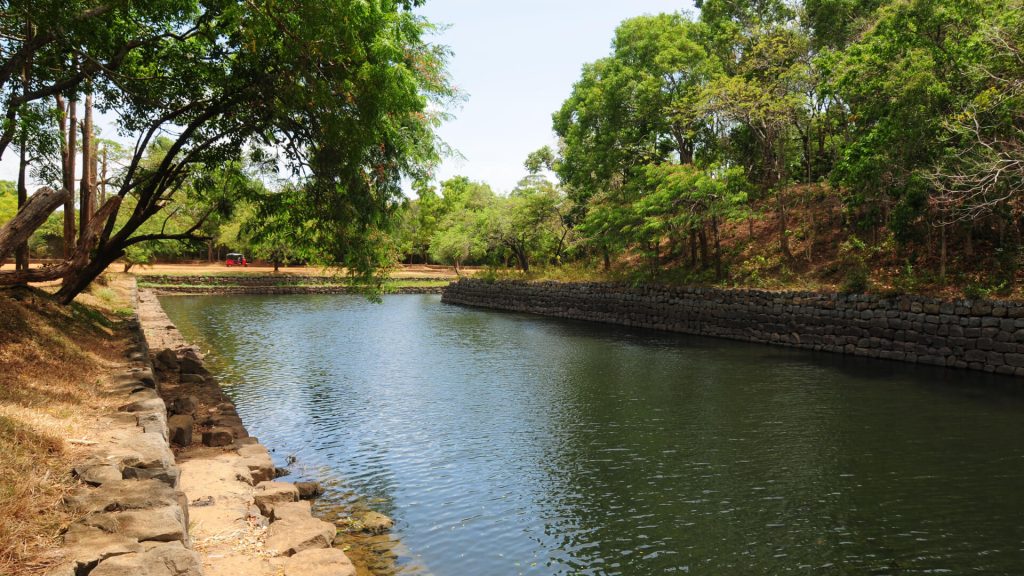
Distribution Network
From the reservoirs, the water was distributed to the Sigiriya City complex through an intricate system of channels and underground conduits. This network was designed to maintain a consistent flow of water, utilizing gravity and the natural contours of the landscape.
Hydraulic Engineering
The hydraulic engineering involved in this system was highly advanced for its time. It included features such as check dams, sluice gates, and silt traps to manage the flow of water, prevent flooding, and maintain the integrity of the channels.
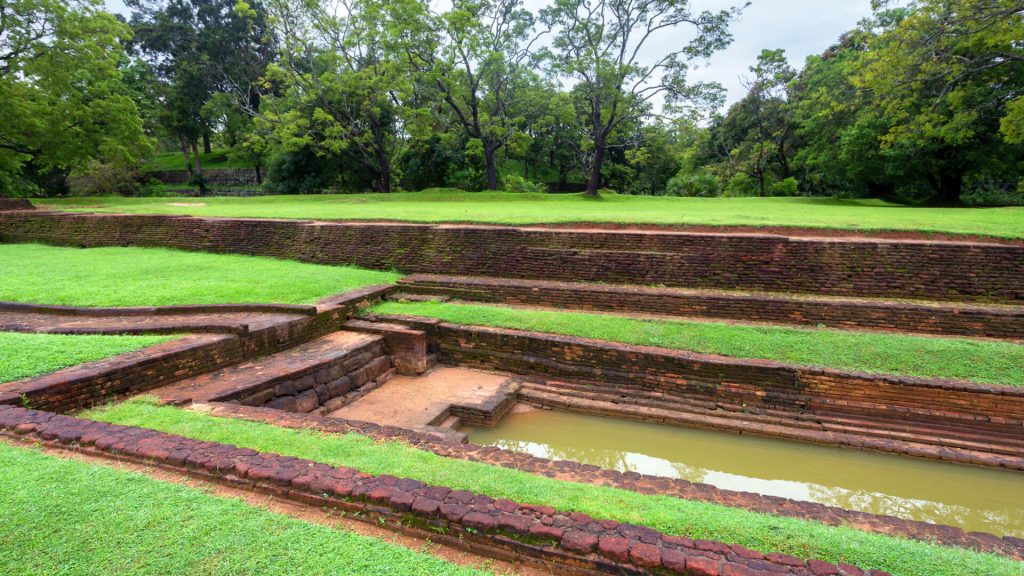
The Significance of the Discovery
This discovery highlights the ingenuity of ancient civilizations in harnessing natural resources. The rainwater harvesting system at Pidurangala Rock exemplifies sustainable water management practices that are still relevant today.
Implications for Modern Water Management
The techniques used at Pidurangala Rock can inform modern water management strategies, particularly in regions facing water scarcity. By studying these ancient systems, we can learn valuable lessons about sustainability, resource conservation, and ecological balance.
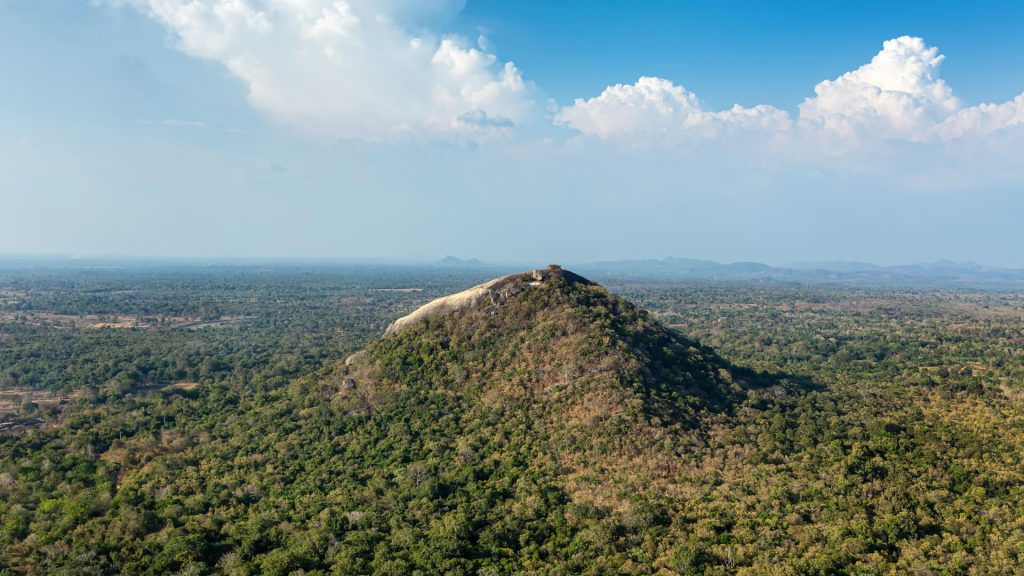
Conclusion
The man-made rainwater harvesting system at Pidurangala Rock is a testament to the forward-thinking of ancient engineers. It not only provided a vital resource for the Sigiriya City complex but also stands as a symbol of sustainable development that continues to inspire current and future generations.
